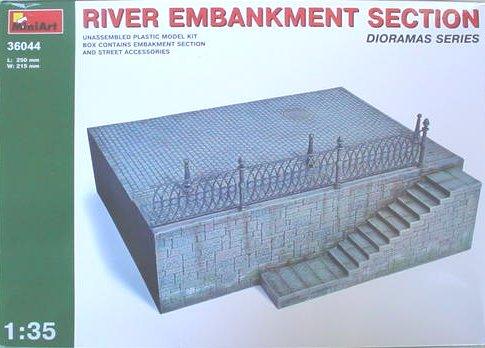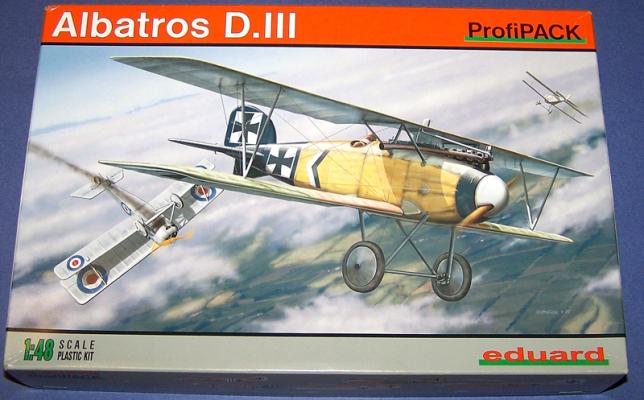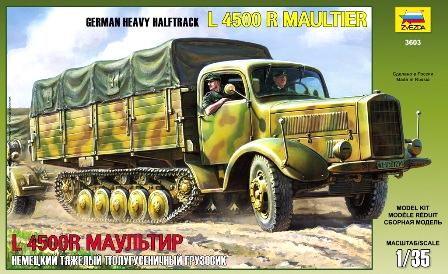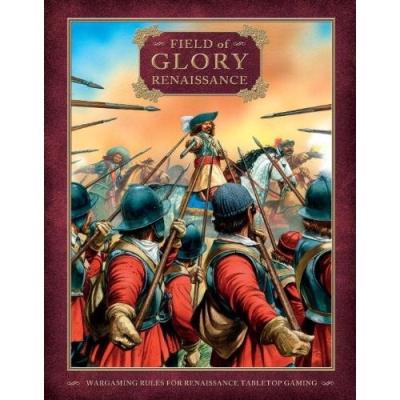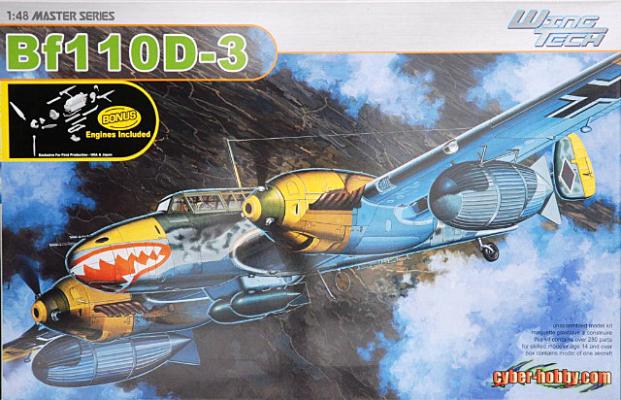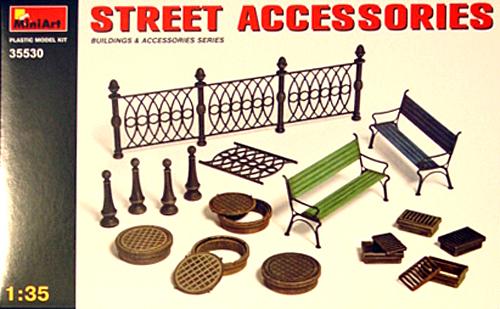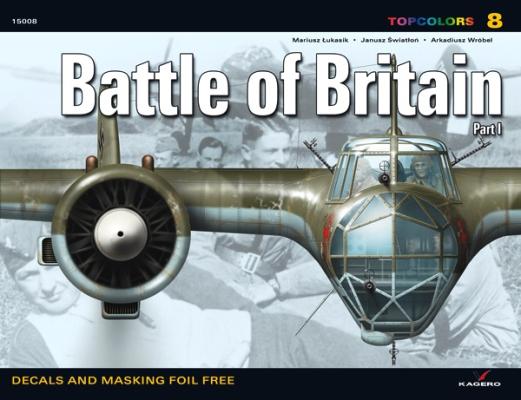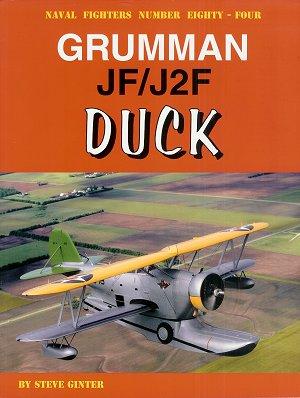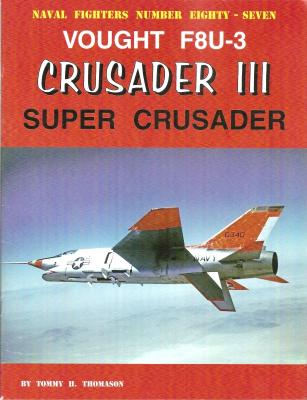The MiniArt River Embankment Diorama Section consists of two sets of parts, some pieces being injection molded and some being vacuformed. The parts for the street surface, river embankment retaining wall, and access steps are vacuformed. The sidewalk railings, various street posts and stanchions, “park” benches and manhole covers are all injection molded. Each of the six part trees included in this kit are identical and each carries a manhole pipe casing and manhole cover, a storm grate frame and cover, parts for two sidewalk railing stanchions, and half of the parts required to build up a “park bench”. These parts provide the builder with all of the pieces to build up the street scene as shown on the box lid as well as extra parts so the builder can do a little free-lancing.
Reviews
On a first look you find the reboxed plastic along with a photo etch fret and a masking set. You also have 5 decal options that I will get to shortly. Removing the plastic from the resealable bag you’ll see all the hard work paid off for the Eduard crew. The level of detail is incredible and the offering is just as nice today as it was 10 –11 years ago when first released.
The only detectable blemishes to note are a few minor sink marks that are easily repaired. The first ones are four dimples located on the empennage two on top and two on bottom. The others are under the cockpit opening.
I began the straightforward construction as set forth in the instruction with no difficulties. Adding the photo etch details when called for. The cockpit turned out to be a little gem of sorts and will mostly be hidden.
When this kit arrived in the mail I was pleasantly surprised by the my impressions of the kit. Although I’d never build a Zvezda kit, my understanding about their kits was… well, let’s say not so good. Let me say right here at the start that if this kit is any indication of the quality of kits they now produce, I’ll gladly put down my money to buy one if the subject interests me. This is a great kit of an unusual German heavy truck. The kit is molded in dark tan styrene. The quality of the molding is very good, with minimal flash and clean up required. There were some minor sinks on the suspension bogies that needed to be filled and sanded, but were not difficult to accomplish. The sturdy box contains 10 sprues, 9 in dark tan and one clear sprue and a small decal sheet. No photo etch is included. The kit does include two very nicely cast crew figures as well.
I’m not a war gamer, but I’ve been curious about it for a few years now so I jumped to the opportunity to review a war gaming book.
Fields of Glory is a series of war gaming books oriented to the ancient and medieval ages. This current book is the first of the series expanding into the renaissance era and as such is the rulebook.
The book has a historical introduction to the military doctrine of the renaissance era including pros and cons of different military formations of the time (tercios, keils, cavalry, etc).
Then the book moves into what is needed in order to be able to play, before diving into details of troops, battle groups and in general, the rules of the game, including movement rules and combat phases like impact, maneuvering, shooting and melee. Each rule is demonstrated with examples, which makes understanding and learning of the rule much simple.
The Bf 110 was envisioned by Hermann Goering as a heavily armed fighter-destroyer escort for the Luftwaffe’s bombers. With its four machine gun and two cannon armament it was a deadly opponent as long one could position the aircraft to take advantage of it. Problem was, as so many other countries found out, the idea of a heavy twin engine fighter competing against smaller single engine fighters of equal or greater horsepower just didn’t pan out. Physics simply did not allow it. Early successes against inferior aircraft were soon reversed when the Bf 110s met their match in the Battle of Britain. In spite of being what many could argue was an obsolete design, the Bf 110 soldered on in various versions until the end of the war. It proved especially effective in the night fighter role which capitalized on its multi crew seating and ability to carry a lot of firepower. The Bf 110 D-3 in this kit was designed for long range escort/patrol.
I'll admit to being a little confused when I requested this assignment. I was expecting something else. Still, these are very welcome components as I have two 1/72nd scale Spitfire Mk.V’s in my “to-build” pile.
The Spitfire was among the earliest production fighter aircraft to adopt a 20mm cannon as armament; with the “B” arrangement for the cannon being introduced in the Mk.I and Mk.II models that fought the Battle of Britain. While the success of the armament was spotty at that time, it became the standard on the Mk.Vb [the same guns also found their way into the initial production Sea Fury]. The earliest Mk.Vc Spitfires also used this pattern of gun barrels before going to the “beefier” barrels as standard (parts that Master also offers separately). So these parts are not only compatible with the Spitfire Vb, as advertised.
MiniArt Models, your favorite Ukrainian diorama manufacturer, has come out with an accessory kit for their street dioramas, cleverly called Street Accessories, #35530. 44 injected plastic parts are provided on four sprues that will build into two benches, four manhole covers, four grates, a 5 inch section of metal fencing and support poles. In addition, there are four short pieces that look like chess pawns but may be hitching posts or barriers of some sort. The instructions are on the bottom of the box and the only color choice provided is on the box top, but truly you’ll use your imagination to paint and finish these parts to your liking anyway. One nice thing, these parts are not really dated by their design, so could be present from the turn of the 20th century till the mid-50 at least.
Since the 70th anniversary of the Battle of Britain is upon us, many companies of interest to the modeling community will be coming out with all sorts of items. The company that this review will encompass is the Kagero Publishing Company. Among their many products are books, magazines, calendars and paintings.
This review is of the new series, “Battle of Britain Part 1”, which covers the Luftwaffe aircraft involved in the Battle. In the beginning of the book is a generalized three page article of the Battle of Britain and information on the Luftwaffe color schemes and how to translate what the color bars painted on the aircraft designate. This is in English text with captions next to each aircraft in English and Polish, explaining the details of each aircraft.
There were many different types of aircraft needed to win World War II. The Grumman Duck was certainly one of them!! Designed and built before the war, these biplanes performed many specialized missions. Rescuing downed aircrew, and spotting for those huge guns on the battleships were only a few of the many jobs it did, and it seemed every squadron had a Duck hanging around as a hack. Unglamorous to a fault, and tough and rugged, the perfect combination!!
Crusader III (Naval Fighters # 87) is a paperback book measuring 8-1/2” X 11” and consists of 92 pages. The cover and pages are printed on polished paper. The book is full of sharp black and white photographs only with accompanying text. Also included are 3-view drawings, comparison tables, line drawings and performance charts.
The author begins by setting the stage for one of the closest aircraft selection competitions the Navy ever experienced. It began in 1953 when Vought’s F8U-1 Crusader beat out McDonnell’s entry for a high-performance day fighter. When the Navy went looking for an all-weather (night) fighter, the competition began.
Thompson states, “The Navy also preferred to deploy two different carrier-based fighters with complementary attributes…” In addition, having different fighters with different engines in a carrier group ensured a degree of safety in case one engine or aircraft type had a problem.

